
Archive
2,565 posts

Although effective microorganisms (EM) are frequently used to shallowly incorporate green manures (cover crops) in the field, almost no scientific research has been conducted on them to date. This study simulated the decomposition of green manures with EM in the laboratory.

Roughage Components in Nutrition of Layers – Does it Make Sense for Dual-Purpose Poultry?
Dual-purpose chicken play some role in Swiss organic agriculture. Their feed efficiency is a challenge, though. Would it help to use more extensive and fibre-rich feed for such genotypes?

Interconnected Ecological Focus Areas Are Particularly Valuable for Species Richness
Agroscope studied various categories of ecological focus areas and showed that the presence of these in connectivity projects makes a major contribution to large-scale species richness in the agricultural landscape.

Plant-Based Alternatives – an Analysis of the Last Ten Years
The study examines the discourse in the media on plant-based alternatives in Switzerland to gain insights into current trends. Instead of questioning consumers directly, the researchers analysed the media discourse which shapes and reflects consumer perceptions.

Digital Farming Is Strengthening the Role of Contractors
The family farm is the backbone of the Swiss agricultural sector. A recent study by Agroscope investigates the extent to which digitalisation has shifted the balance in the institutional structure of farming.

The Impact of Different Management Practices on the Ecosystem Services of Swiss Grassland
Whether grasslands are mown or grazed, fertilised or unfertilised – all this affects the ecosystem services of Swiss grasslands. These services benefit both the agricultural sector and society, e.g. in the form of livestock feed or erosion protection.

Sustainable Plant Protection in Vegetable Production with New Spot Spraying Plant Protection Robot
In vegetable row crops, spot spraying can save on insecticides and fungicides. Agroscope investigated the extent of this savings potential and compared the cost of spot spraying to broadcast treatments with a field sprayer.

How Vulnerable is Switzerland in terms of Food Imports?
Owing to its low degree of self-sufficiency, Switzerland is highly dependent on food imports. Because of this, it is important to assess its vulnerability in terms of supply security of these key imported goods.
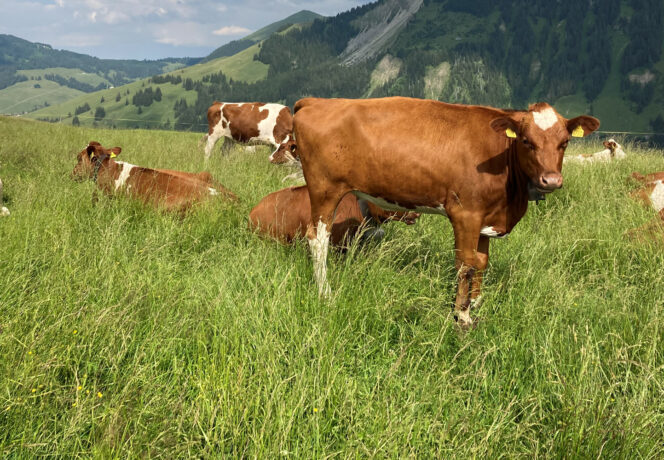
Festuca apennina – a Future for the ‘Ryegrass of Alpine Pastures’?
Widespread in the Swiss alpine region, Festuca apennina could serve as a fodder plant for higher elevations. It also forms vigorous hybrids with meadow fescue and ryegrass. Does this make it suitable for improvement by breeding?
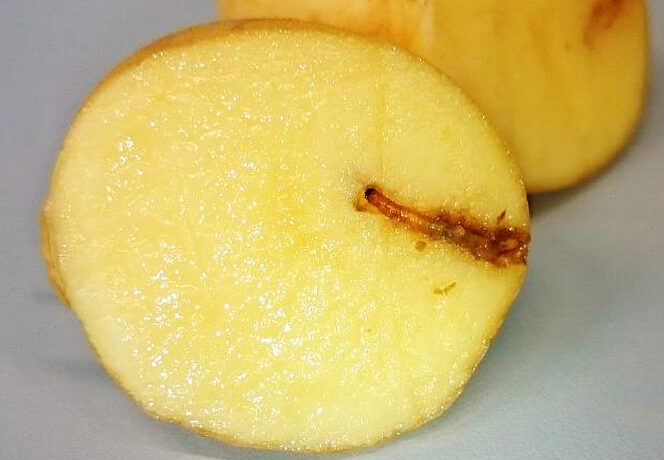
Curative Control of Wireworms (Agriotes spp.) in Potatoes
When wireworm damage to potato tubers is excessive the crop ceases to be marketable. Various control options were explored in an effort to remedy the problem.
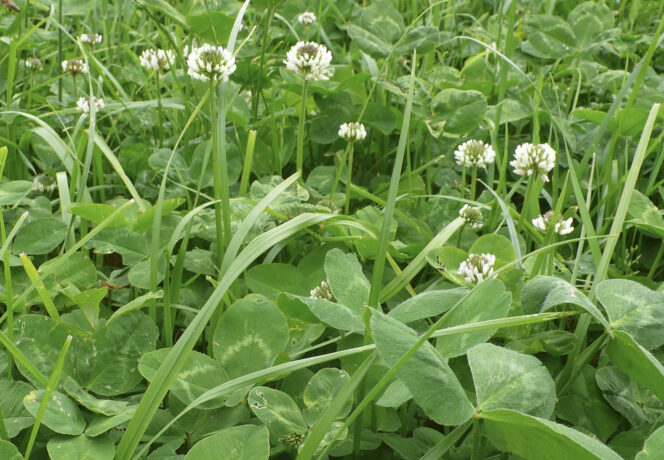
Grass-Clover Mixtures: High Yields, Low Nitrate Leaching
The advantages of grass-clover mixtures in ley farming are manifold. An Agroscope study now shows that their highly efficient use of available nitrogen also keeps the risk of nitrate leaching low.
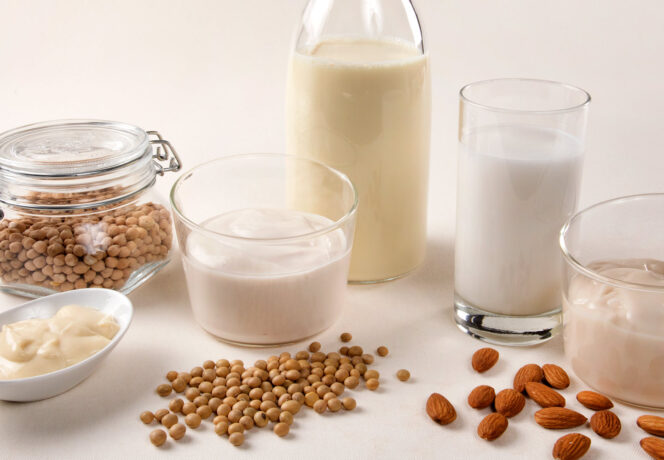
How are Plant-Based Alternatives to Dairy Products Perceived and Who Consumes Them?
The range of plant-based alternatives to milk continues to rise. Agroscope and the SMP (Swiss Milk Producers) conducted an online survey to find out what products are being consumed and how they are perceived.
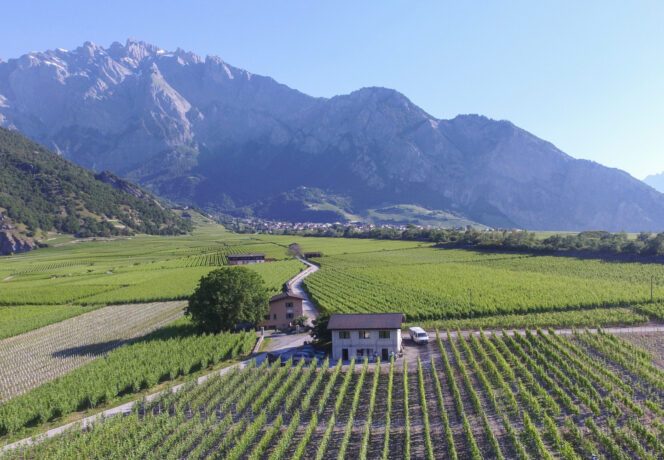
New Syrah Clones Selected at Agroscope
A survey conducted in a Syrah population originating in Northern Côtes du Rhône (France) resulted in the selection of three new Syrah clones with highly promising characteristics, distributed by the Swiss certification sector.
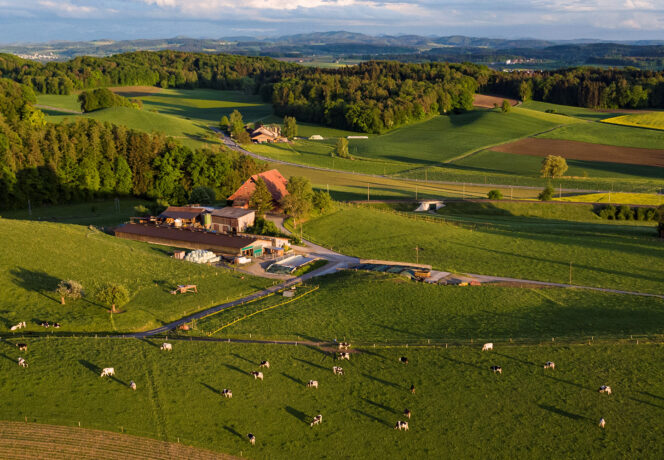
Agricultural Greenhouse Gas Calculator in Practice: Scope and Limitations
Greenhouse gas calculators can assist in identifying measures to reduce emissions on farms and in quantifying the effect these measures can have. For this to be successful, it is essential to know the scope and limitations of greenhouse gas calculators.
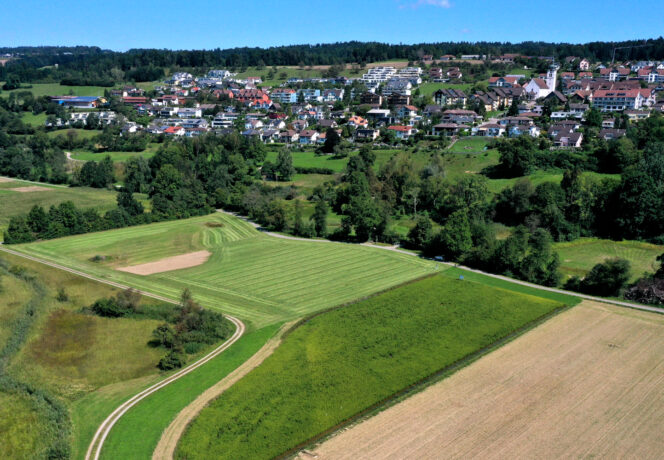
Effects of Selected Factors on Biodiversity in Swiss Agricultural Landscapes
Switzerland’s agricultural landscape harbours a great variety of species and habitats, some of which are endangered. This study sheds light on various direct and indirect, positive and negative factors influencing biodiversity.
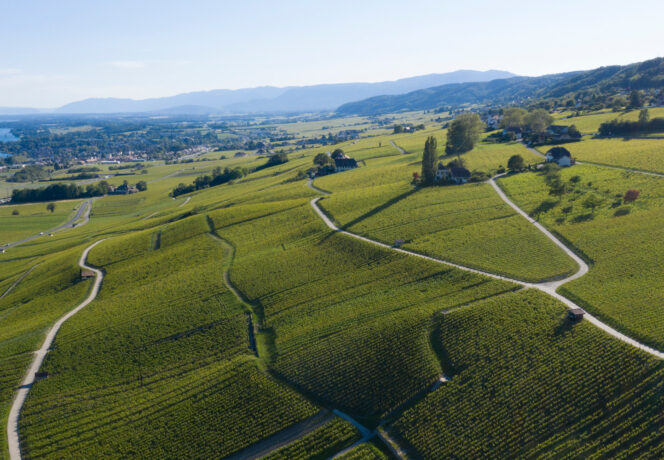
Leaf Canopy Management in Viticulture: Timing of the First Hedge Trimming
Delaying the timing of the first hedge trimming is of limited technical value in vineyard canopy management. Its impact on lateral shoot growth and must composition is minimal.
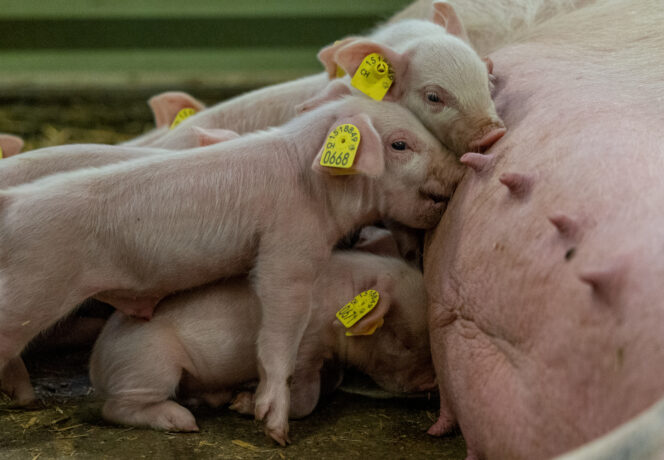
Dynamics of Bone Mineralisation in Sows and Phosphorus Excretion
Sows mobilise body reserves of phosphorus during lactation and replenish these reserves during gestation. Considering this dynamic allows us to envisage a reduction in dietary intake of phosphorus during lactation, and hence, of excretion into the environment.
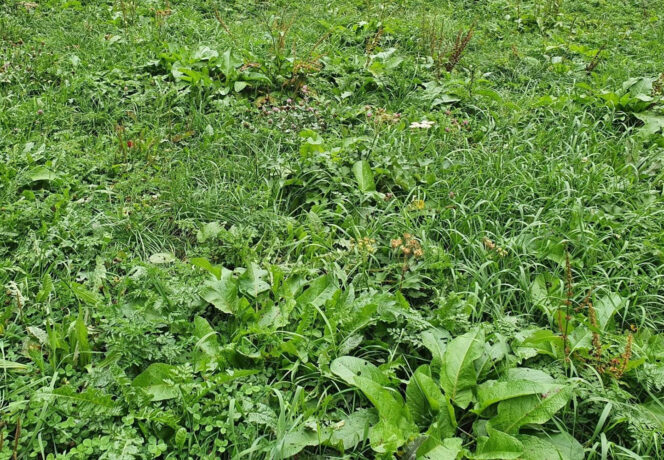
How to Limit the Spread of Broad-Leaved Dock
Broad-leaved dock is a problematic weed in permanent meadows and pastures. A European study led by Agroscope highlights the risk factors and recommends preventive measures.
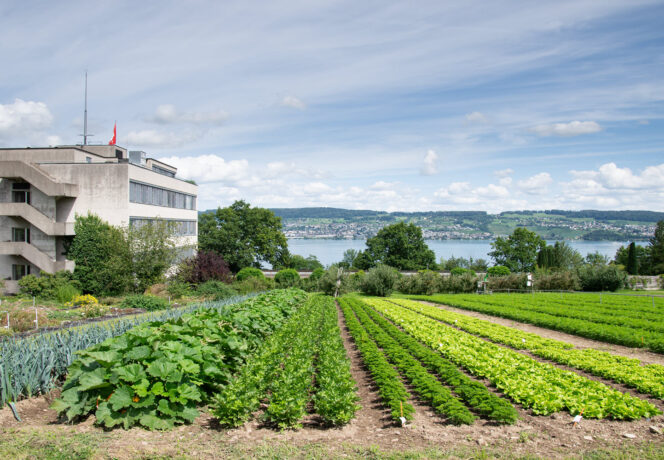
Co-formulants in Plant Protection Products and their Residues in Food
Plant protection products contain active substances and co-formulants. Agroscope studied the residues of co-formulants on treated plants for the first time, thereby furnishing the basis for assessing risks posed to consumers.
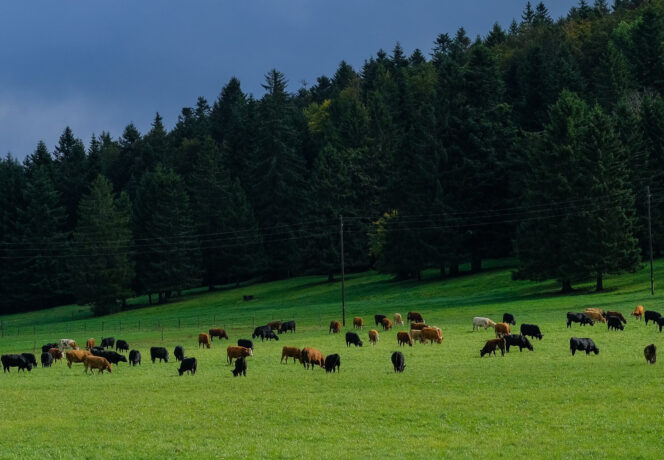
How Cost-Efficient is Organic Pasture Fattening?
Beef can be produced in various ways. Intensive fattening is more productive and extensive organic pasture fattening achieves higher prices – but which is more profitable? Agroscope compared the two production systems to learn the answer.

Impact of foliar nitrogen supplementation on Chardonnay and Sauvignon Blanc wines
The effectiveness of an application of foliar nitrogen at veraison depends on the initial level of vine nitrogen deficiency, an Agroscope study has shown. The threshold levels of assimilable nitrogen deficiency in the grape must are validated for Chardonnay but still need to be confirmed for Sauvignon Blanc.

Higher Plant Diversity in Organic Ecological Focus Areas
Organic farming has a positive effect on plant diversity in Swiss grassland, but ecological focus areas are needed support plant diversity more broadly.
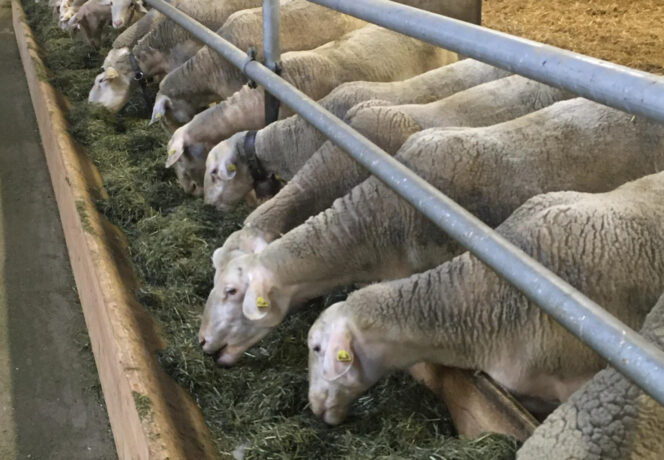
Forage-Based Mixed Rations for Dairy Sheep and Dairy Goats in Practice
Professionally managed dairy sheep and dairy goat farms are increasingly using mixed rations. The composition of rations fed in practice and the resulting milk yield potential were analysed.
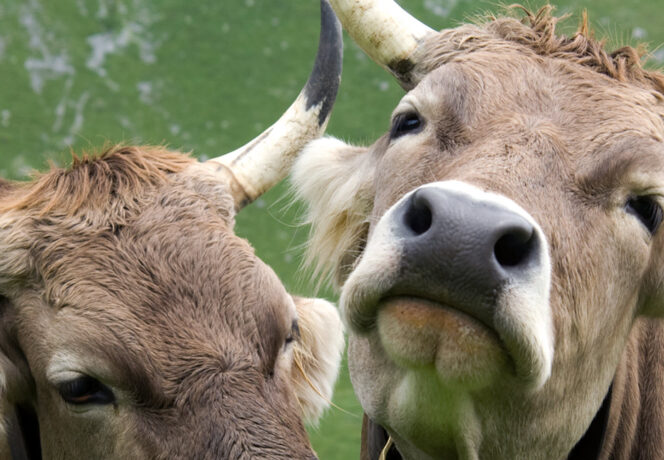
Consumers See Animal Welfare as a Key Agricultural Policy Goal
Agroscope researchers conducted an online survey to investigate the attitudes of Swiss consumers to agricultural policy goals in all three language regions. The results should help better shape agricultural policy.
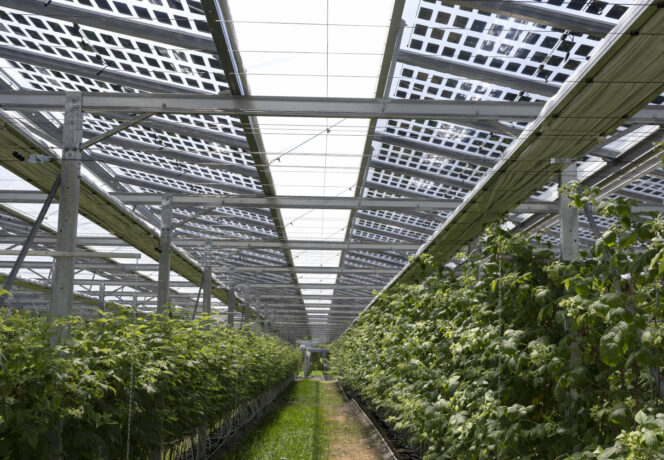
What Are the Most Promising Crops for an Agrivoltaic System?
Agrivoltaics combines energy generation and agricultural production on the same land. Although this system is eliciting increasing interest, its success depends on numerous factors and the most compatible crops have yet to be identified.

Quality of Silages from Intensively Managed Permanent Meadows
While botanical composition, growth cycle and phenological stage are integral factors, they are not the sole determinants of the quality of grass silages from intensively managed permanent meadows.
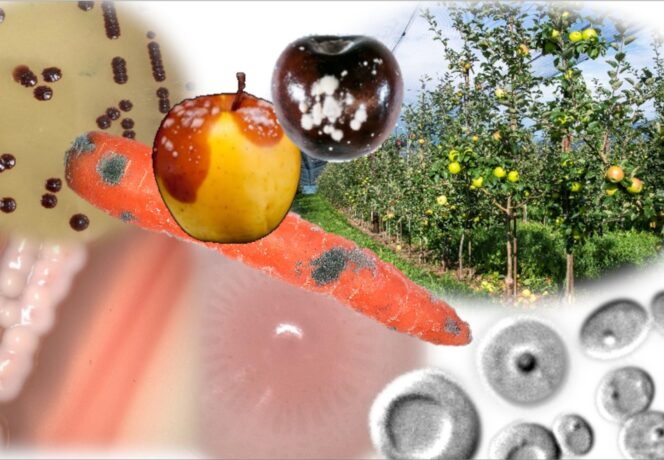
The Many Uses of the ‘Most Beautiful’ Yeast, Metschikowia pulcherrima
Metschnikowia pulcherrima is a naturally occurring yeast with applications in agriculture, the food industry and biotechnology. Agroscope is investigating this yeast in particular with regard to biocontrol applications in plant protection.

Impact of Soil Management Methods in Vineyards
Soil management lies at the heart of major global warming and sustainable viticulture issues. In this context, inter-row plant cover in vineyards comes with its share of benefits and drawbacks.

Producing Beef Economically on Grassland while Promoting Biodiversity
Grass-based beef production is markedly less productive than intensive year-round indoor-housing system-based production. Agroscope experts therefore studied how grass-based farms can produce both economically and in an ecologically sound manner.

Plant Protection Treatment by Drones: Risks for Residents?
Orchard crop spraying using unmanned aerial spraying systems commonly referred to as drones can lead to drift, posing a risk to residents and bystanders. The study shows that the risks arising from this are taken into account by the current registration process.